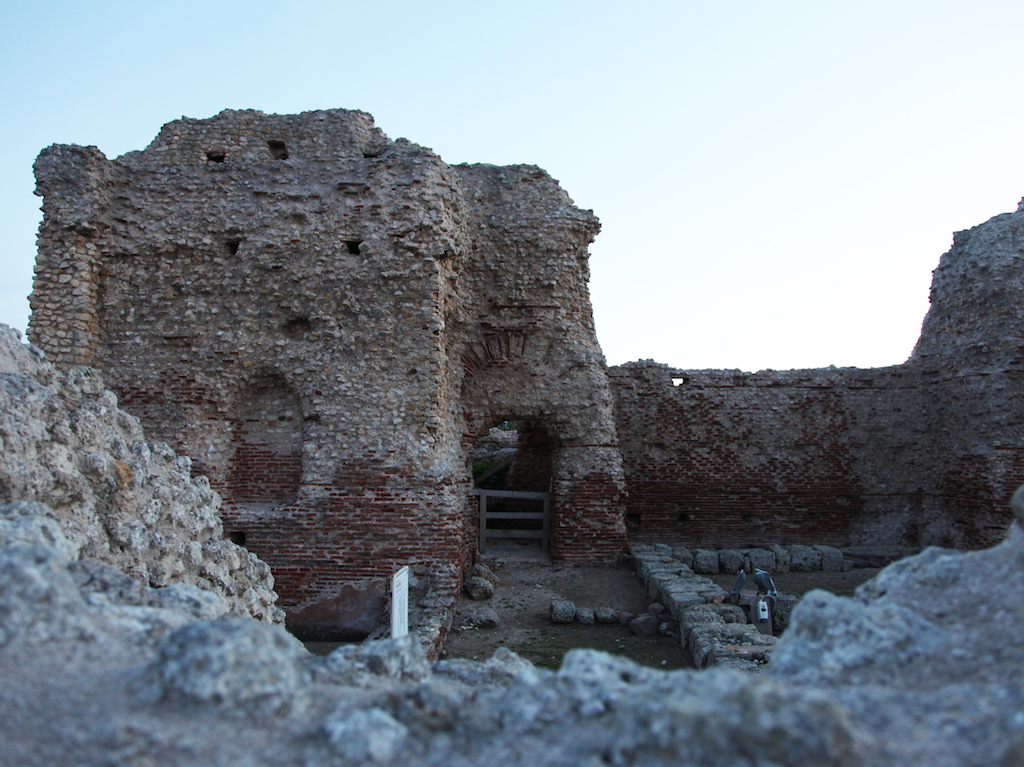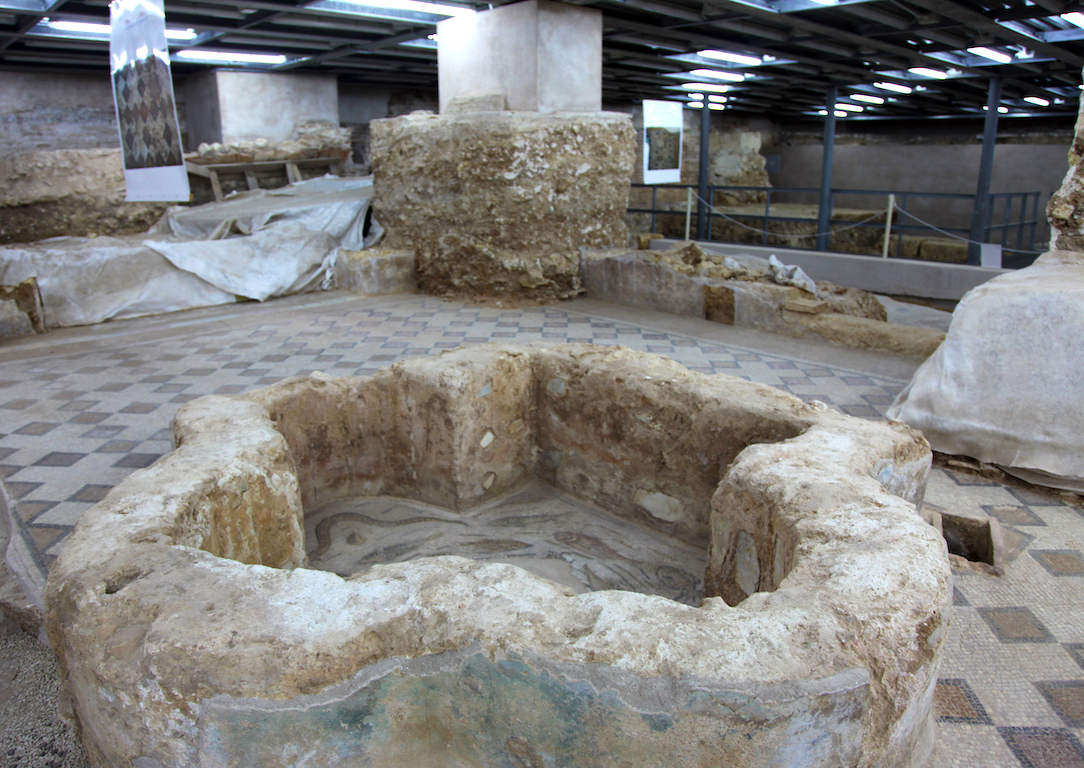“Antiquarium Turritano” National Archaeological Museum and the nearby Archaeological Area
Porto Torres
The Antiquarium Turritano Museum displays various findings brought to light by the excavations in the nearby archaeological area of Turris Libisonis, an ancient roman settlement. Its precious collections provide evidence of the fruitful relationship between the region of Sardinia and the countries of the western and central Mediterranean Basin and the Aegean Sea.
The History

The Museum was established between 1971 and 1973 and was opened in 1984. It is placed in the archaeological site of the Roman city Turris Libisonis, whose ruins provided for the eventual building site of the city of Porto Torres.
As the name Antiquarium suggests, collections include items discovered at the Roman site of the Colonia Iulia Turris Libisonis, the only port in northwest Sardinia which had commercial exchanges with the ancient harbour of Ostia.
The Antiquarium Turritano enshrines and displays for the community the local history and archaeological heritage through a constant interaction with the contemporary city.
The Building

The Building has undergone extraordinary maintenance interventions carried out since the eighties in the 20th century and is working to enlarge the western part of the ground floor. They have brought into play the thermal baths of the city, particularly a room with small supporting pillars used to heat the floor.
The Collection
The Antiquarium near the archaeological area called “Palazzo di Re Barbaro” displays archaeological items found during excavations in the ancient Roman city: pottery, various fabrics, votive and ritual items, honorary statues from the 1st and 3rd century A.D., inscriptions, funereal urns, mosaics and plasters which evoke the vitality of a commercial city.
Many interesting treasures belong to the area of Palazzo di Re Barbaro, such as a high relief sculpture representing Cautopates, fragments of statues and inscriptions, clay and lead pipes used for water distribution. The settlement heritage also includes grave possessions found in different necropolises, like the western necropolis characterized by “cappuccina” burials, coffered tombs and hypogea decorated with paintings and plastic reliefs, or the necropolises of Monte Angellu, Tanca Borgona and Scoglio Lungo.
The Antiquarium also hosts a collection made available by the Municipality including items dating from the Nuragic Age to the Late Imperial Period.
Furthermore, visitors can enjoy a fascinating tour in the nearby archaeological area which stretches to the right side of Rio Mannu, where it is possible to admire a Roman bridge built at the beginning of the 1st century AD and which can be regarded as a real feat of engineering. The area includes thermal baths and is decorated with polychrome and ornamental mosaics.
Satyr mask of the Maetzke Thermal Baths
The satyr mask represents a human face with goat horns and ears. Water was probably poured through the mouth.
Address
Via Ponte Romano, 99
07046 Porto Torres
Properties
Ente MiBACT
Tipology
Architettura-civile